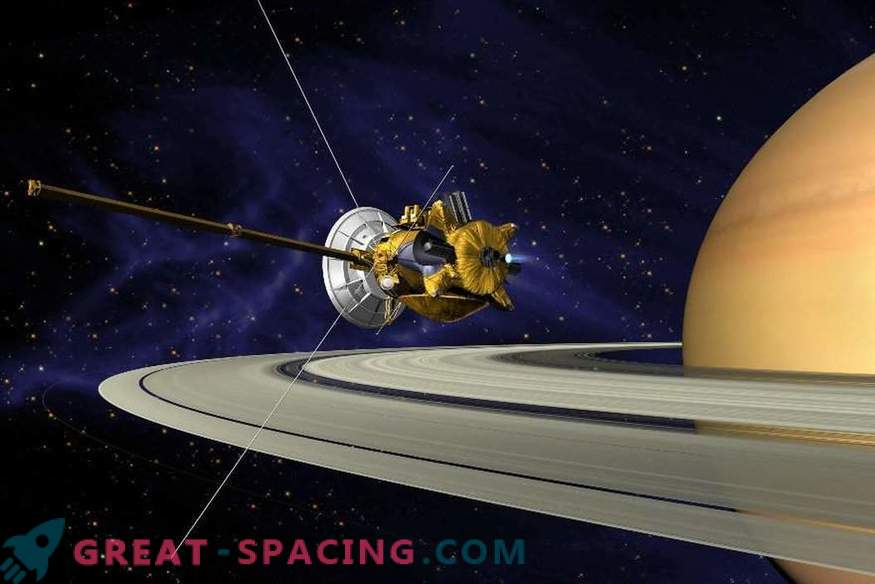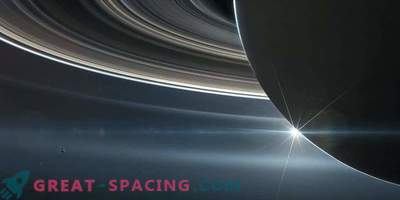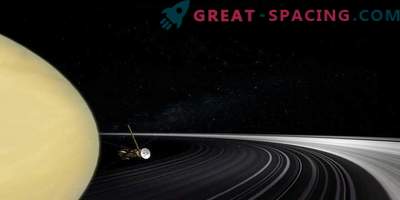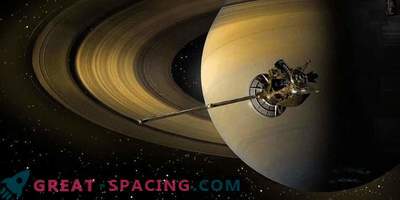
The solar system is capable of boasting various wonders. Among them stands a luxurious Saturn, girdled by the largest system of rings. But you should hurry to enjoy this view, because there is a suspicion that the rings will soon disappear.
Highlight of the Solar System
Saturn is a large gas giant who was lucky to form a magnificent ring system around itself. In 1610 the first happy observer was Galileo Galilei. Unfortunately, he did not understand what he was looking at and called the planet “triple” or “with ears” in his notes, meaning satellites or unknown formations under the protrusions.
Christian Huygens turned out to be more resourceful. He watched the planet with a telescope, magnifying the image 50 times, and in 1656 published the first report on the rings. In the modern telescope, the three main rings are best viewed, but the rest, together with the gaps and slots, were studied in detail with the help of the Cassini mission.
Apparatus that could

The spacecraft Cassini, together with the probe Huygens, started from Earth in 1997. In 2004, he managed to get to the sixth planet. A year later, the probe landed on Titan, and the unit itself continued to explore the new world. Thanks to the mission, we were able to obtain a large-scale information archive, both about the planet and its satellites. But also the people of the whole world were able to observe the large-scale rings for the first time close. Moreover, Cassini managed to get through the gaps several times, and in 2017 he performed the final dive into the atmosphere of the planet.
The mission ended a long time ago, but researchers still continue to decipher the information received. But among the findings there is a rather sad one - Saturn's rings may disappear.
Where are the rings going?

Approximate rings of Saturn with marks of names. Cassini gap is located between A and B
In the last moments of his life, Cassini carefully studied the atmosphere of the planet, where there is a strange “rain”. This is an amazing phenomenon where a cluster of water droplets and dust descends from the approximate rings on the planet. For the first time this moment was recorded even in the 1980s. during the passage of Voyager, but no one could find the exact cause.
The analysis of the apparatus showed that rings in composition strongly resemble comets with a large amount of organic material, ammonia and oxygen, which during the “rain” participated in complex chemical interactions. But it is surprising that the amount of precipitation greatly exceeded the theoretical calculations. And this means that with rings C and D we risk saying goodbye at a fairly fast pace. Some put on one hundred years. More optimistic researchers believe that D will disappear for 7-60 thousand years. It will live longer if it is able to select material from C, which will last from 700,000 years to 7 million.
Postscript
No one knows exactly how much Saturn's rings will still be able to please earthly observers. However, the exhaustion factor has already been fixed. Therefore, direct telescopes to the sky and enjoy, because future generations are at risk of encountering an exhausted gas giant.











































